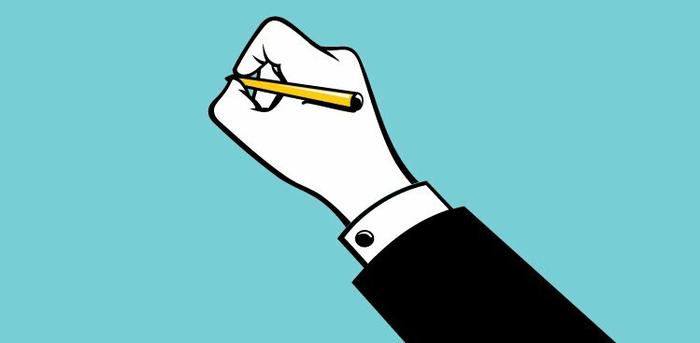
We see a lot of cover letters here at The Muse, from the good to the bad to the really, really ugly. But every once in a while, we see one that makes the entire office come to a complete stop, in a good way.
Today was one of those days.
Recent grad Amy Hill was looking for a way to stand out to companies as a lifestyle writer, so she turned her cover letter into a BuzzFeed article. Yes, actually published it on BuzzFeed, complete with amazing gifs.
Besides the fact that we love gifs, this cover letter nails it for a few reasons: It perfectly sums up who she is and what her qualifications are, it shows off her creativity and personality, and it’s extremely fun to read. Which, let’s face it, can’t be said about most cover letters.
Now, we aren’t saying that you should run out and make a BuzzFeed article, too, but this approach does teach us few lessons that you can incorporate into your cover letter, no matter what format you choose.
1. Do Something That Makes You Stand Out
Hiring managers get hundreds of cover letters and resumes, which means, to get noticed, it’s important to do something that stands out. Maybe that’s telling an interesting story, maybe it’s crafting witty bullet points on why you should be hired, or maybe, like Hill, it’s using a totally different format. One caveat here: Standing out for the wrong reasons won’t help you. Creativity and originality are great ways to separate yourself, just play it smart and don’t take this path.
Which brings us to lesson #2:
2. Know Your Audience
Hill is applying for jobs in media and the content industry, with companies that value people who are smart, creative, and media-savvy, so her format clearly works. If she were trying to find, say, an entry-level role as an accountant? Probably not the right approach.
Cover letters are a great way to show that you understand the environment and culture of the company and industry and prove that you’ve got what they are looking for. So, always keep in mind who will be reading your cover letter, and tailor it to what you know will get them excited. Your goal is to make a hiring manager think, “Wow, this person really gets it” (and then, obviously, call you in for an interview).
3. Show, Don’t Tell Why You’re Qualified
Anyone can list off a bunch of reasons why they are qualified (and most people do!). But how does the hiring manager know that you can actually do these things?
The best cover letters don’t just say something, they illustrate it. Hill could have said that she’s a creative writer, has an eye for engaging media, and can actually produce something meaningful, but instead, she showed it. And the result was all the more powerful.
The lesson? Think about a way you can prove to the hiring manager that you’re up for the challenge, whether that’s sharing a client testimonial about how great you are or providing a few sample ideas for what you’d do if hired. It’s the extra step that most people don’t do, so it can make all the difference
Trust us, we know cover letters can be a challenge. But if you follow these three rules, we know your rate of landing interviews will definitely go up.
Oh, and someone in London should definitely hire Hill. If we were there, we probably would.